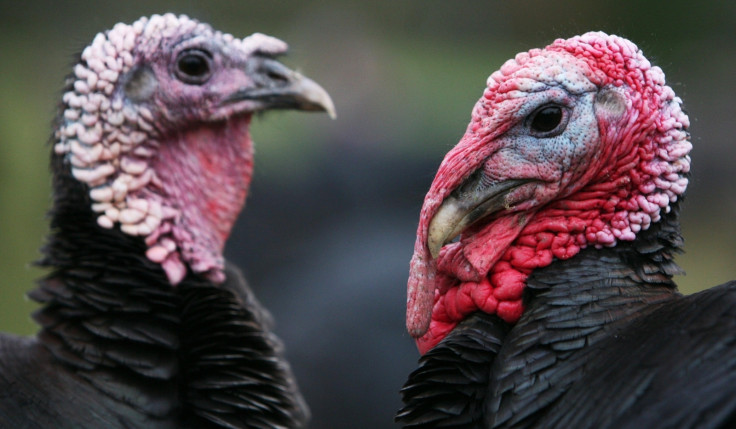Ancient turkeys were reared to be companions to humans for afterlife
The turkey's Mexican ancestor was not used for food but as a cultural symbol.

Today the life of a turkey is a predictable one, with the bird being fattened all through its days to end up glazed and stuffed on a dining table. However, a new study published in the Royal Society Open Science has revealed that the ancient turkey may have played a much bigger role than that of Thanksgiving dinner.
Researchers from the University of York, the Institute of Anthropology and History in Mexico, Washington State University and Simon Fraser University have discovered that the ancestor of the bird may have been domesticated for cultural reasons rather than gastronomic ones.

By analysing the DNA of the remains of 55 turkeys which lived between 300BC and 1500 AD, scientists are able to confirm that modern European turkeys are descended from Mexican ancestors. The birds had been discovered in Mesoamerica -- an area stretching from central Mexico to Northern Costa Rica within which pre-Columbian societies such as the Mayans and Aztecs flourished.
"Turkey bones are rarely found in domestic refuse in Mesoamerica and most of the turkeys we studied had not been eaten," lead author of the paper and Marie Skłodowska-Curie Fellow in the Department of Archaeology at the University of York, Dr Aurélie Manin said.
"Some were found buried in temples and human graves, perhaps as companions for the afterlife. This fits with what we know about the iconography of the period, where we see turkeys depicted as gods and appearing as symbols in the calendar."

At the time, deer and rabbit meat were more in demand for meals while turkeys were likely to have been kept for their "increasingly important symbolic and cultural role".
Based on a study of the carbon isotope ratios in the turkey bones, researchers have been able to identify their diets and noticed that humans preferred to domesticate one type of turkey while allowing another kind to stay wild.
There were indications that the brightly plumed Ocellated turkey fed on bugs and wild plants while its more common relative had a diet of grains from cultivated crops.
"Why two biologically very similar species living in the same area were treated so differently remains a mystery," senior author of the paper from the Department of Archaeology at the University of York, Dr Camilla Speller, said.







